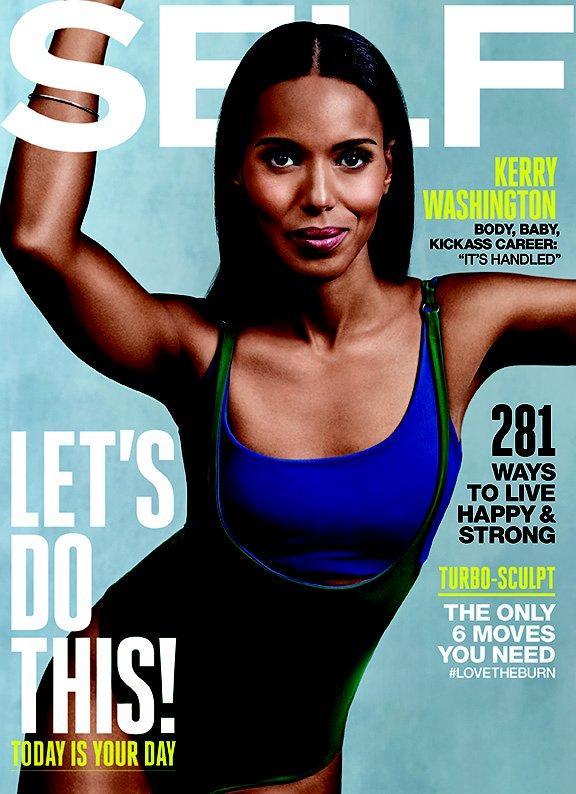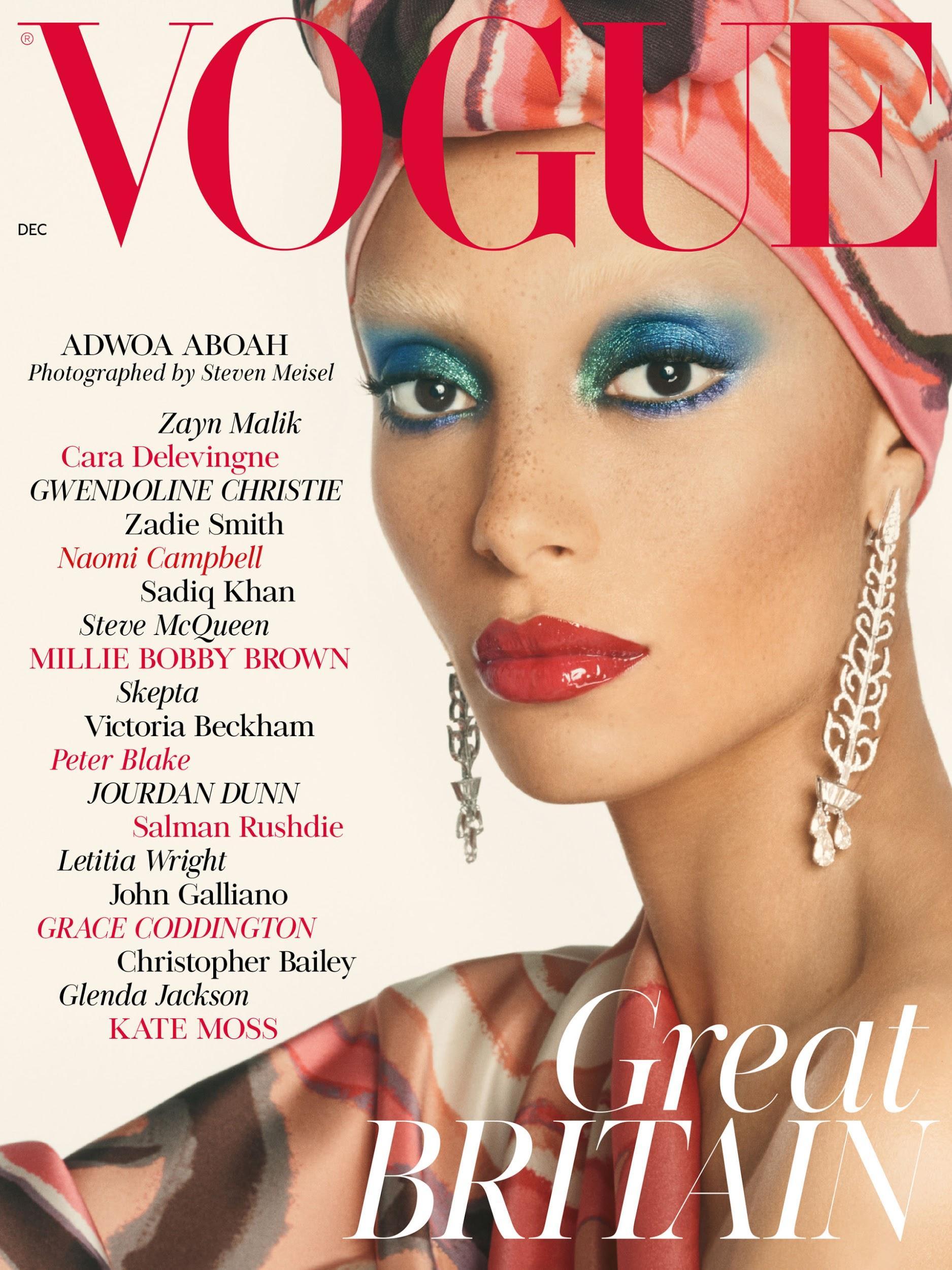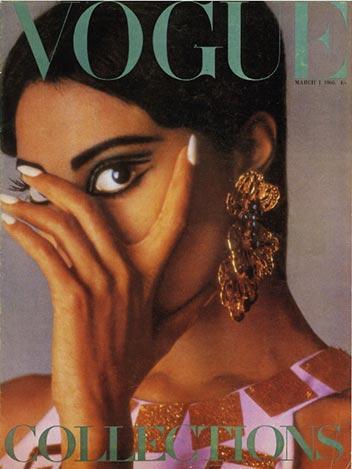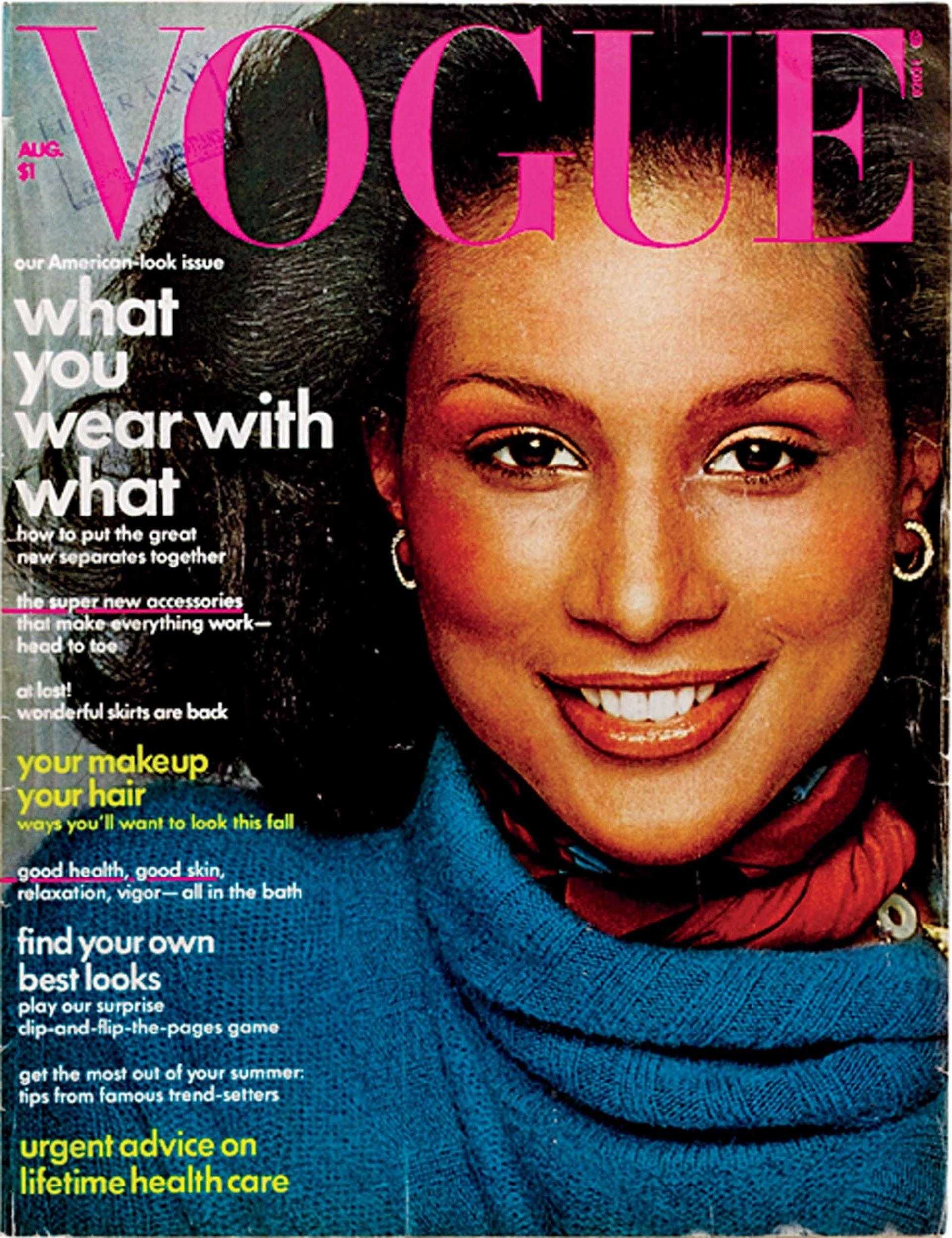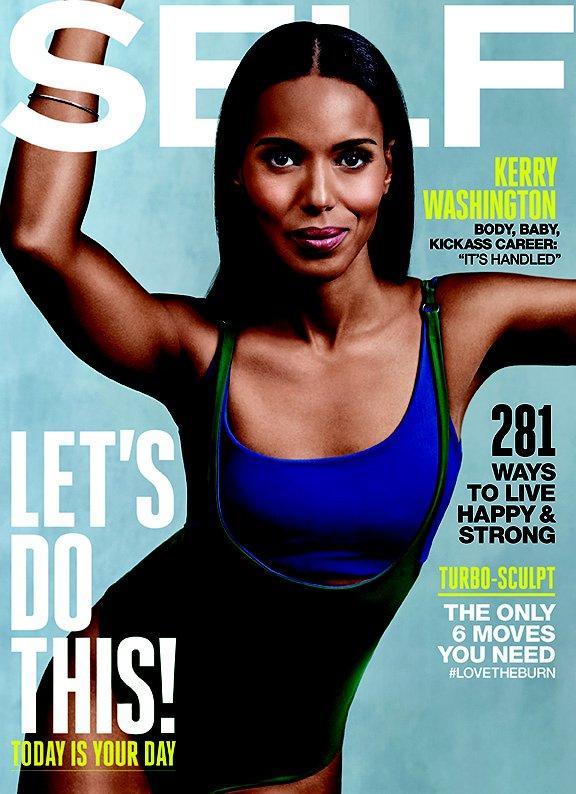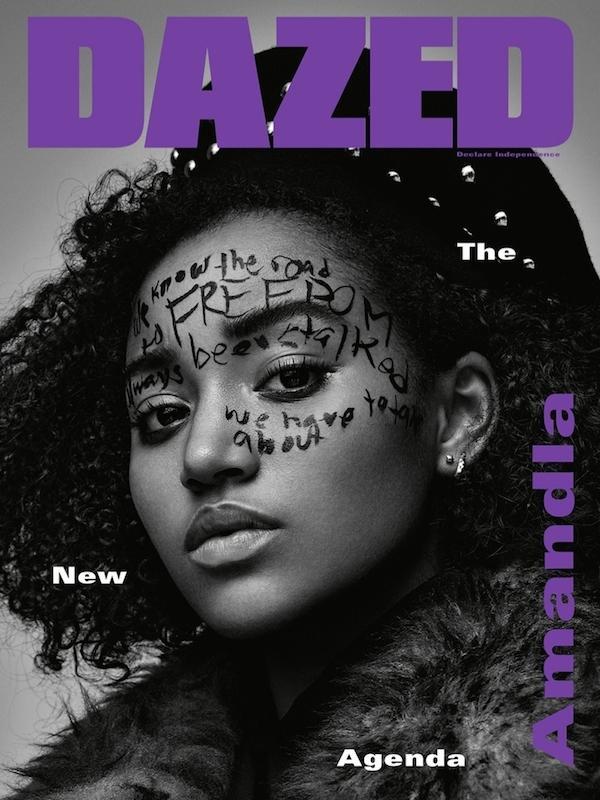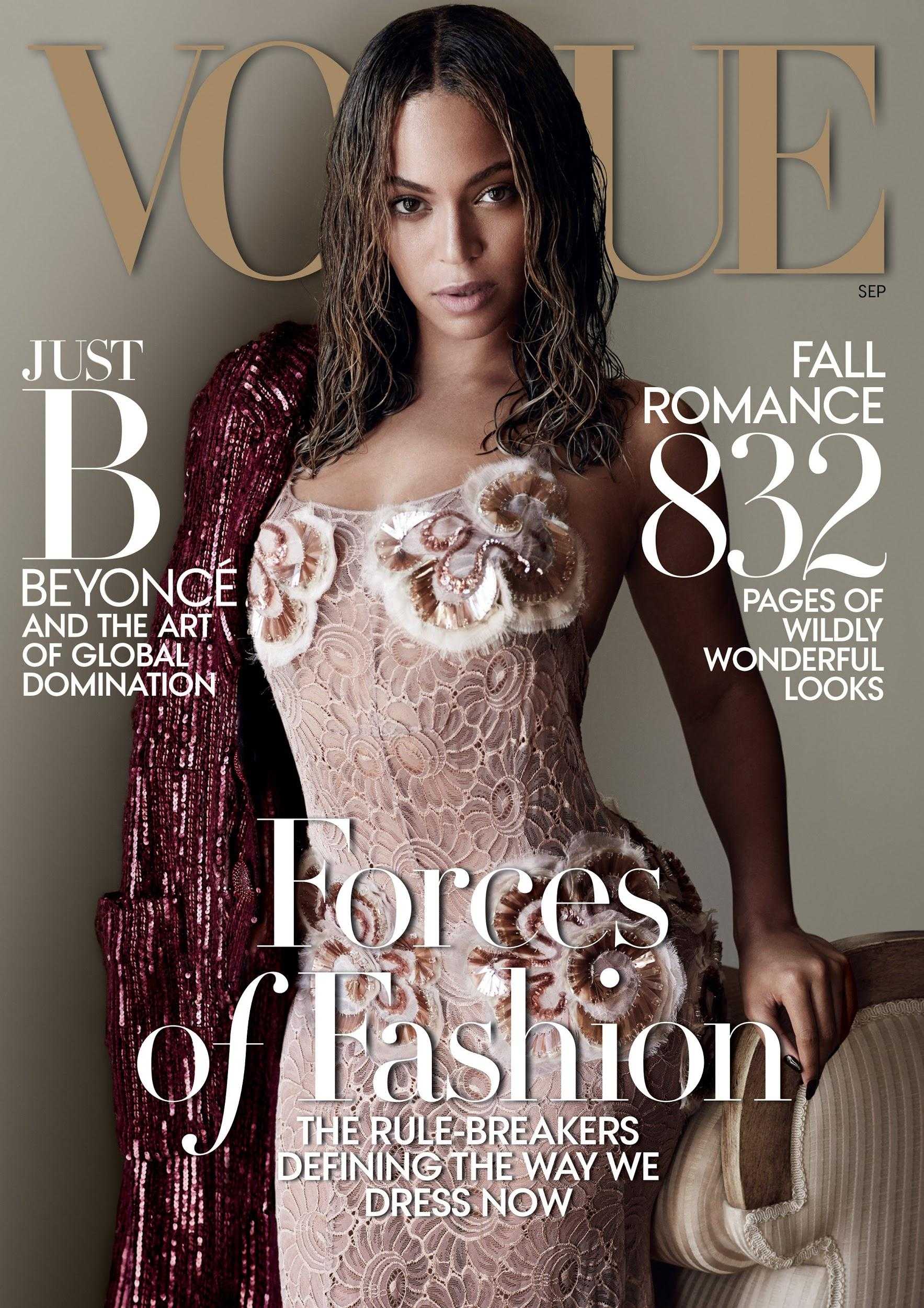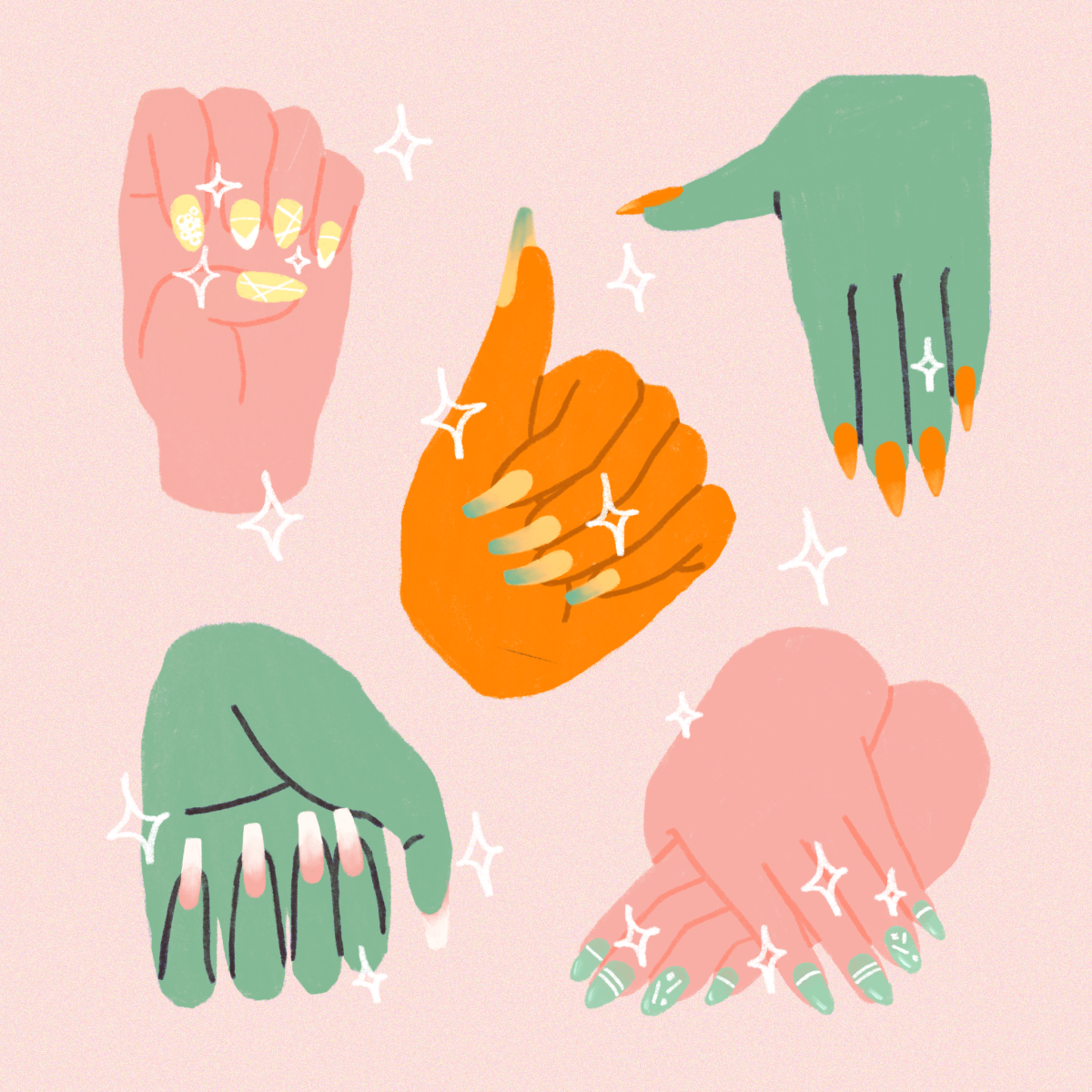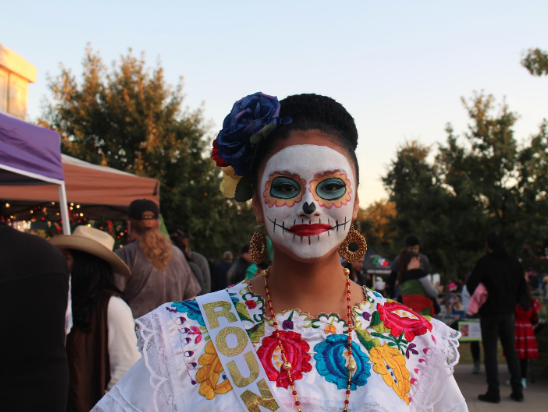Although print magazines are “dying,” they still maintain cultural cachet. Magazines are popular for visual inspiration, powerful editorials and eye-catching spreads. However, these articles will be ignored if the cover of the magazine isn’t striking. While some covers grab our attention because they are especially innovative or stunning, others catch our gaze because of what’s not there.
Story by Kennedy Williams
As British Vogue’s newly inducted editor-in-chief Edward Enninful placed model Adwoa Aboah on the December cover, conversations around the importance of diversity arose. ORANGE Magazine investigates the absence of black women as solos on magazine covers.
Photo courtesy of Vogue
In 1966, Donyale Luna was the first black woman to grace the cover of British Vogue. The Picasso-influenced cover featured Luna’s piercing gaze. Luna has come to share the title as the “World’s First Black Supermodel” with Beverly Johnson, who was the first black woman to be featured on the cover of Vogue in 1974. Vogue was founded in 1892, taking it over eight decades for a woman of color to be on the cover of the “Fashion Bible.” Janelle Okwodu, senior fashion news writer for vogue.com, writes that Johnson’s portrait “didn’t shy away from Johnson’s blackness or depict her as an ‘other.’ Instead, it presented a vision of elegant beauty that was relatable and real and totally of her era.” This cover catapulted Johnson from a struggling model to a supermodel with groundbreaking successes.
Photos courtesy of Vogue
Decades have passed but diversity is still an issue in fashion and magazine covers are where the problem is most visible. In 2015, Jourdan Dunn was the first black model to be featured on the cover of British Vogue since Naomi Campbell in 2002. In celebration, Dunn posted on Instagram “I’m so happy to finally say I’M ON THE COVER OF BRITISH VOGUE…thank you for the Love and Support.” The presence of black female bodies on magazine covers has since ebbed and flowed.
The year 2014 was a landmark for American Vogue, as three black women, Rihanna, Lupita Nyong’o and Joan Smalls were seen on the cover. While Rihanna and Lupita had solo covers, Smalls was featured with fellow models Cara Delevingne and Karlie Kloss.
While black women have rarely been featured by themselves on magazine covers, they have been featured with other women extensively. Editors have given a few reasons for having a “diverse” group of models on magazine covers, sales being the most important. There is often fear that only having a black woman on the cover will stunt sales.
In an interview with The Guardian, Peggy Northup, former editor at More Magazine and Reader’s digest, said “when I was starting out in magazines in the ’80s and early ’90s, executives openly rued that you couldn’t put a black woman on your cover or you’d lose sales, especially in southern grocery stores.” When some did it anyway, she said “they’d often pick a ‘safe’ month when sales expectations were relatively low.” This belief inherently diminishes black womens’ worth. As magazines with only black women on the cover are seen as less marketable and profitable, a hierarchy based on the value of bodies is created.
Photos courtesy of Self Magazine, Dazed and Vogue
However, magazines featuring black women do sell. When Rihanna is on a magazine cover, it outpaces all others in sales. In 2015, black women were on the cover if six September issues. Beyoncé was on Vogue, Amandla Stenberg covered Dazed, Willow Smith was on i-D, Ciara covered Shape, Kerry Washington was featured on both Self and Essence Magazine.
September issues are regarded as the most important editorial releases of the year. They are typically longer, the editorials are more in-depth and brands dedicate large sums towards advertisements. The presence of several black women on September issue covers speaks volumes. Black women can help sell magazines. As black culture becomes increasingly more visible, the influence of black women increases.
Black women’s presence on magazine covers is also good for representation. As magazines help frame issues and set the agenda, it is important that the covers reflect the audience. Increased visibility of black and brown women on magazine covers allows women of color to see mirrors of themselves.
In order for diversity and visibility to not be trends, magazine covers must change their practices. Let the tanning of newsstands begin.































